With the rapid development of wireless communication technology, amateur radio is attracting more and more enthusiasts in Canada. Whether you are a newcomer just stepping into the field of radio or a professional looking to delve deeper into amateur radio operations, understanding Canada's regulations on license-free frequency band usage and the application process for amateur radio licenses is crucial. This article will provide you with detailed information to help you smoothly embark on your journey into radio communication.
License-Free Frequency Bands
Innovation, Science and Economic Development Canada (ISED) allows the public to use license-free frequency bands under specified conditions. These bands are typically used for low-power, short-distance wireless communication devices such as wireless mice, keyboards, Bluetooth devices, wireless headphones, and home automation systems.
When using license-free frequency bands, please pay attention to the following points:
- Compliance with Frequency Ranges: Operate only within the frequency ranges designated by ISED to avoid occupying regulated bands.
- Power Limitations: The transmission power of devices must comply with regulations; excessive power may interfere with other communication devices.
- Device Certification: Use devices certified by ISED to ensure they meet technical standards and safety requirements.
- Avoiding Interference: Efforts should be made to avoid causing interference to other legitimate radio communications. If interference occurs, you should immediately stop using the device and take corrective measures.
Amateur Radio License
For individuals wishing to conduct radio communications over a wider frequency range and at higher power levels, obtaining an amateur radio license is necessary. This not only serves as a legal permit for operation but also recognizes your knowledge and operational skills in radio.
Application Process
-
Study Preparation
First, you need to prepare for the Amateur Radio Basic Qualification Exam. You can obtain study materials through the following channels:
- Official Textbooks: Purchase ISED-designated study manuals and textbooks to fully understand the exam content.
- Online Resources: Utilize the internet to access relevant study materials and practice exams.
- Training Courses: Participate in training classes organized by local amateur radio clubs or educational institutions to exchange learning experiences with other students.
-
Take the Exam
After thorough preparation, you can contact an ISED-authorized amateur radio examiner to schedule the exam. The exam mainly includes:
- Radio Theory: Basics of circuits, principles of signal propagation, etc.
- Regulations and Operating Procedures: Radio laws and regulations, operating standards, and ethical norms.
- Equipment and Safety: Knowledge of equipment use, maintenance, and safe operation.
Upon passing the exam, the examiner will submit the results to ISED.
-
Obtain the License
After passing the exam and submitting the relevant application materials, ISED will issue you an Amateur Radio Operator Certificate and a personal call sign. Once you hold the license, you can conduct amateur radio communications within the designated frequency ranges according to the regulations.
Conclusion
Mastering amateur radio operations is not only an extension of personal interest but also an important way to provide emergency communication support to society. In Canada, complying with radio regulations and appropriately using frequency bands is the responsibility of every radio enthusiast. We hope this guide provides you with valuable information to help you successfully obtain your amateur radio license and explore the world of radio.

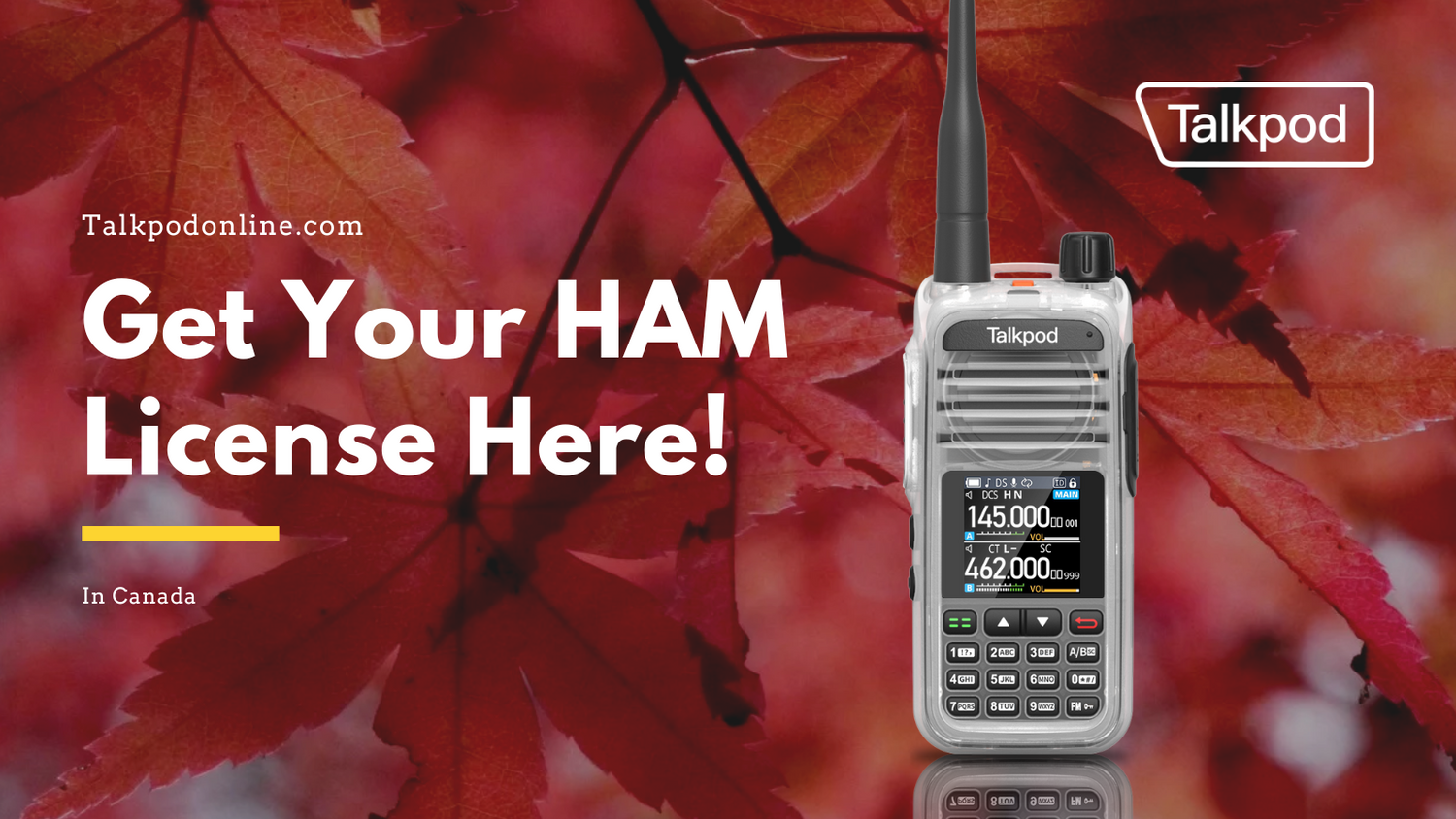

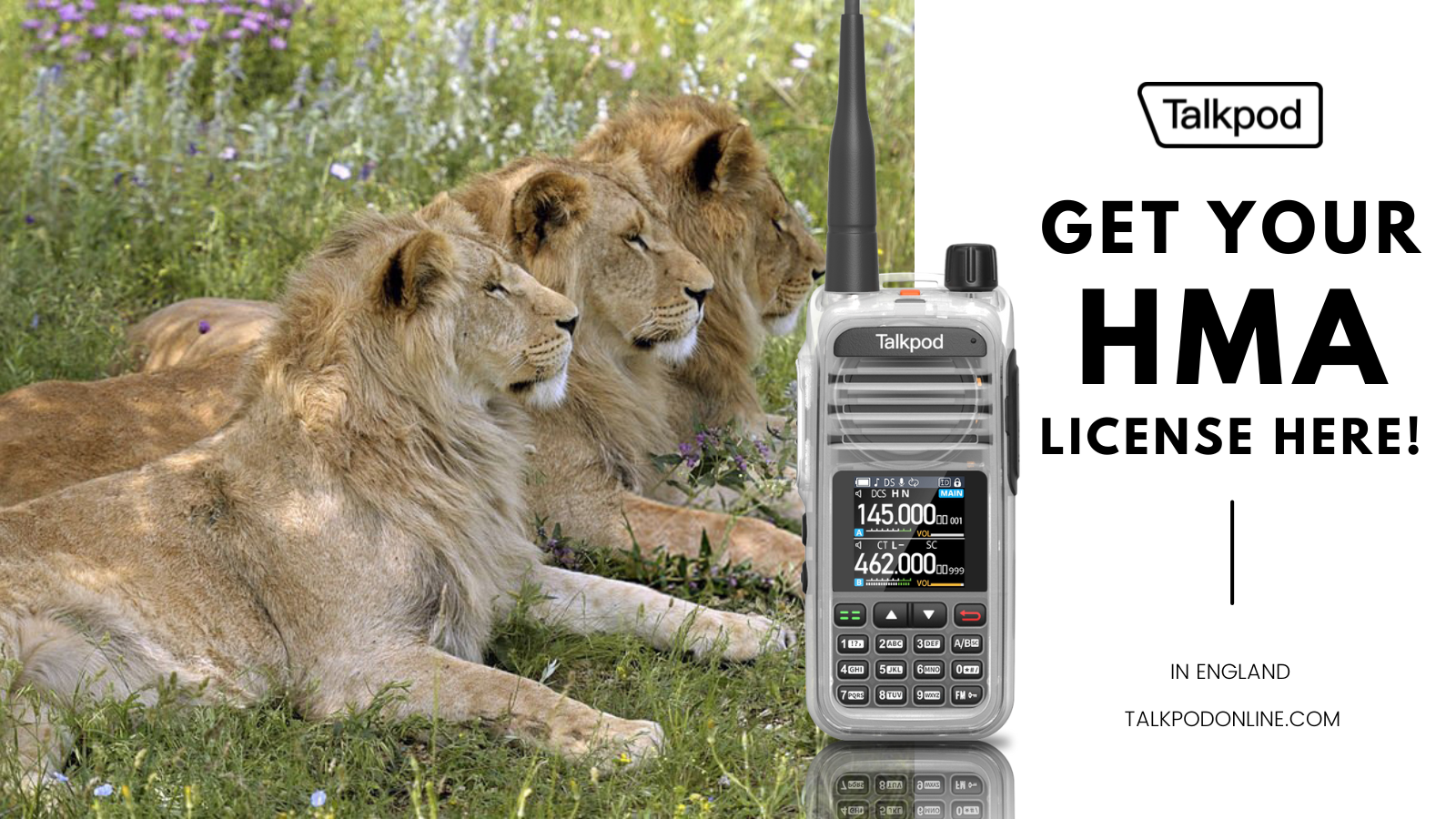
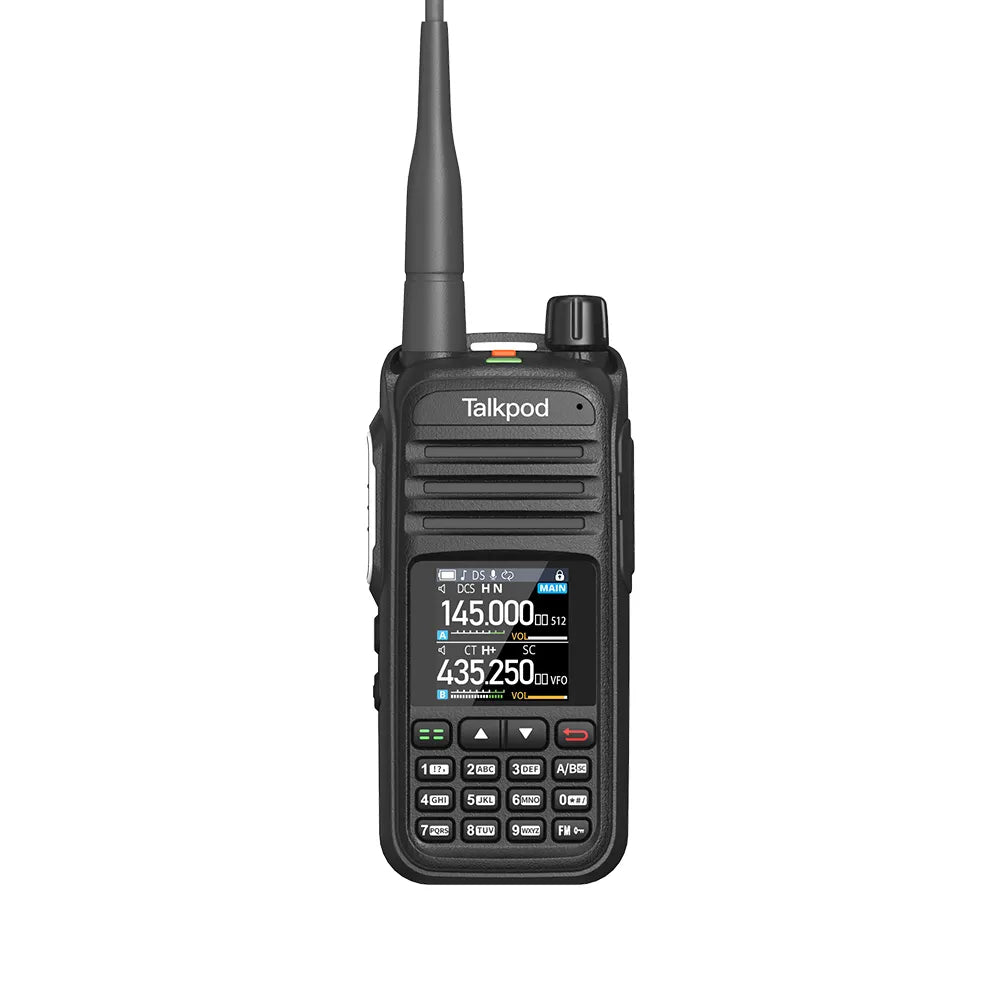
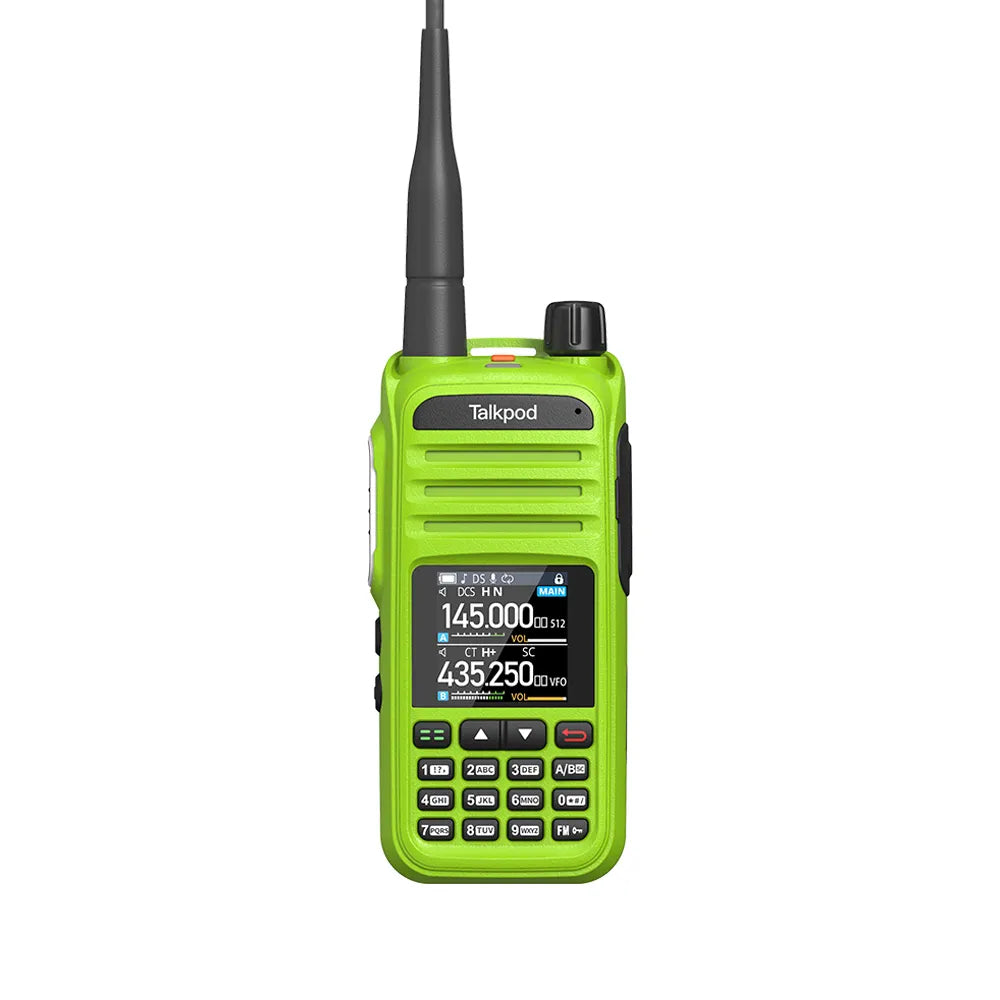
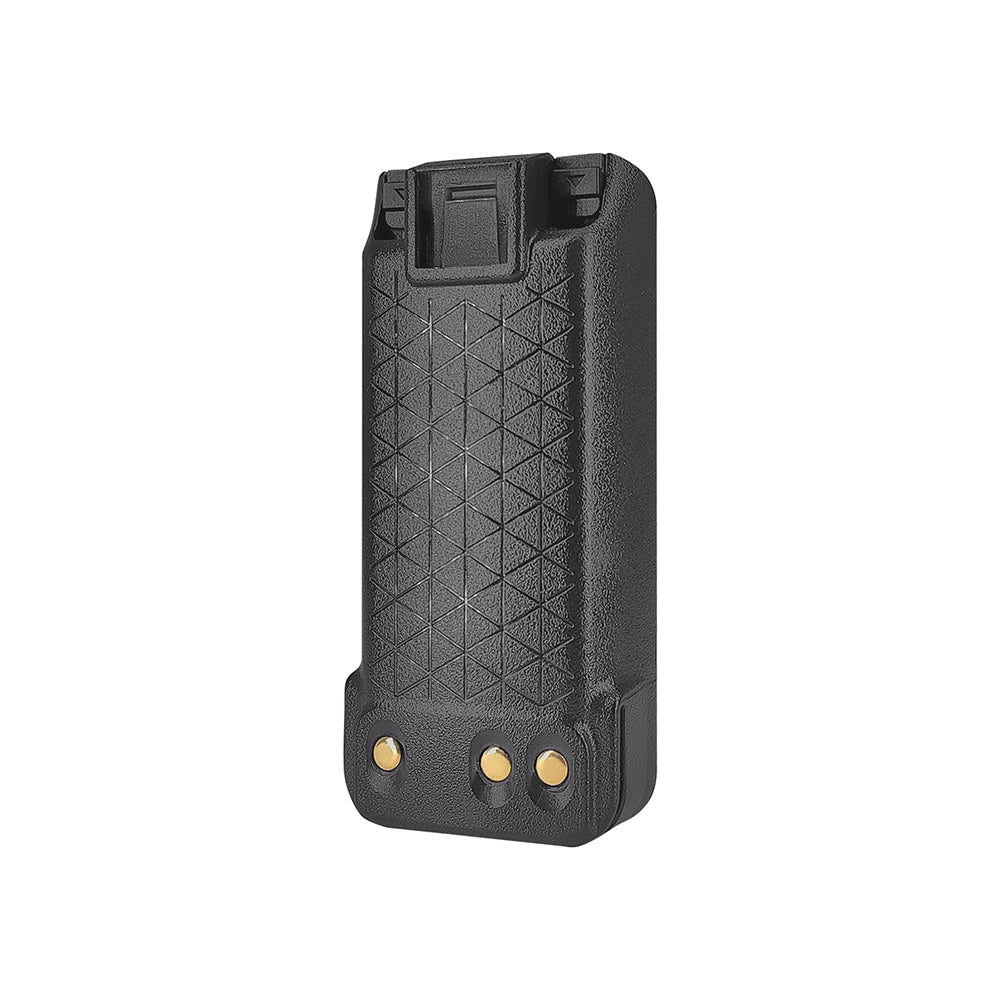
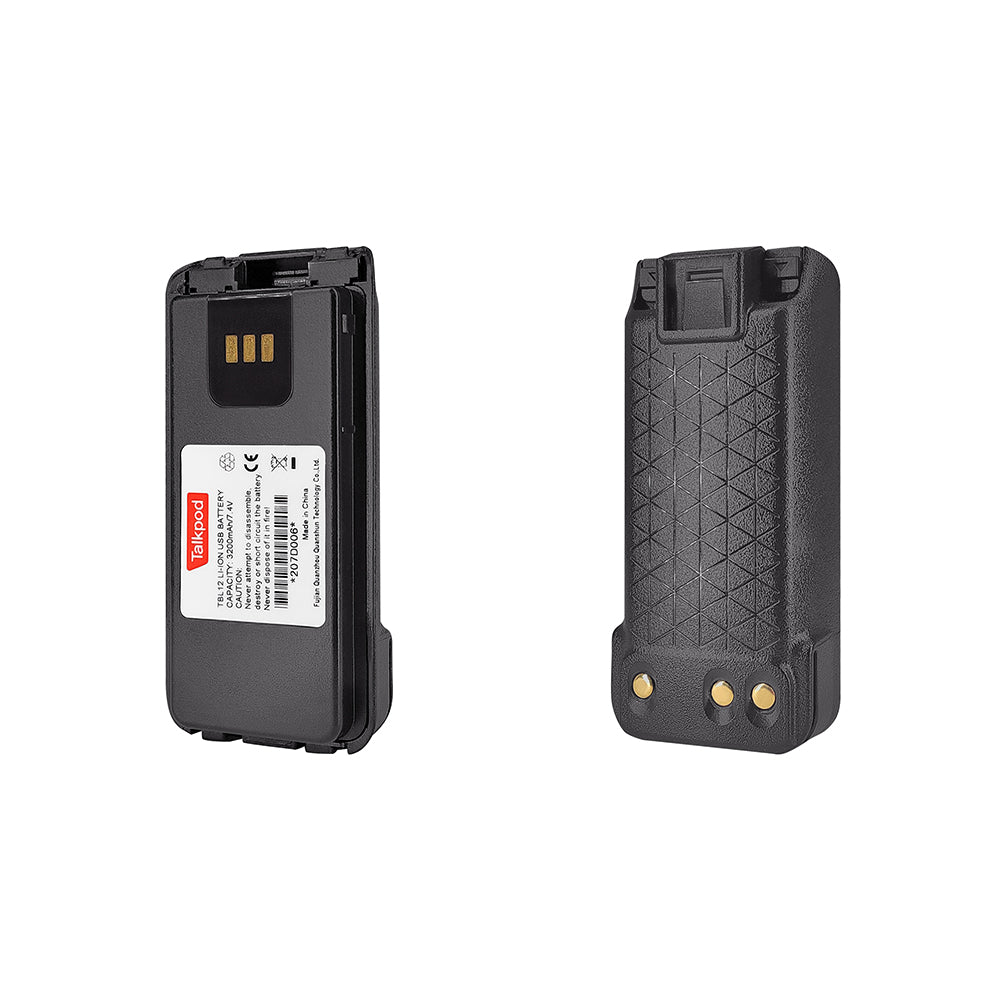
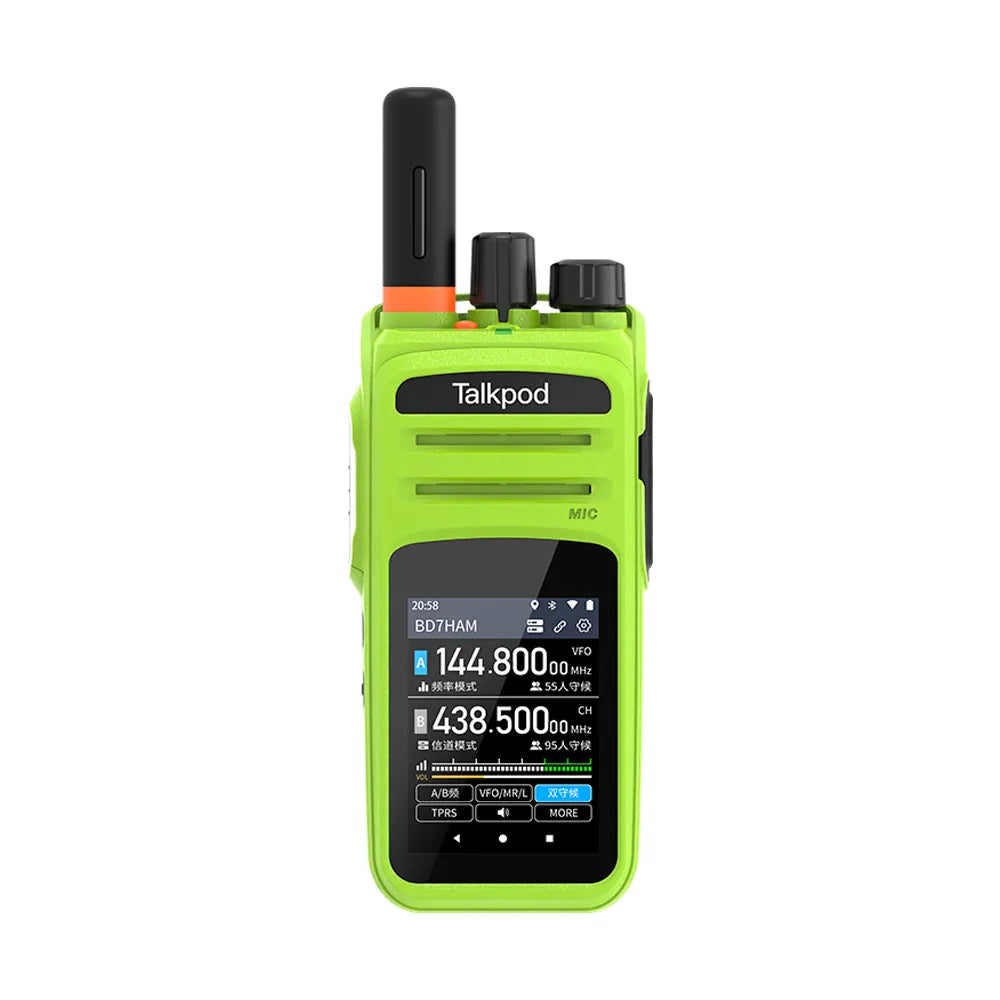
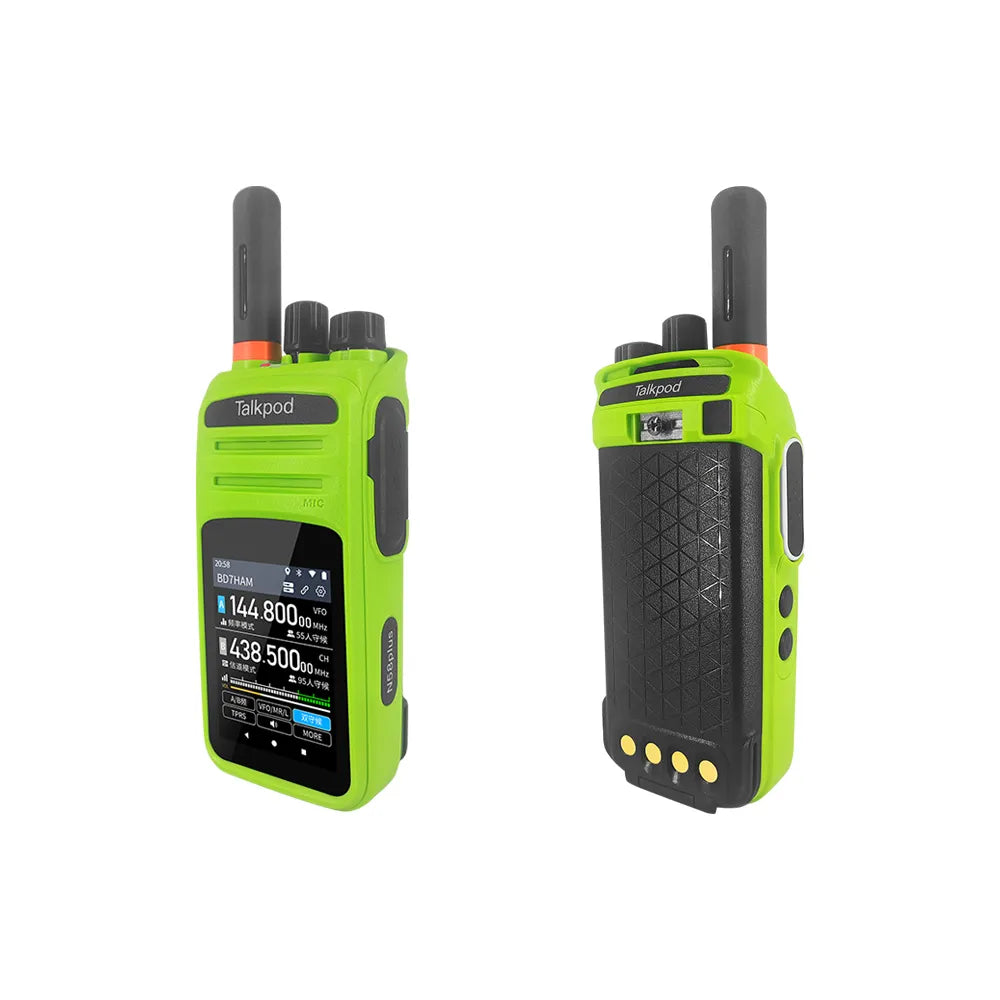
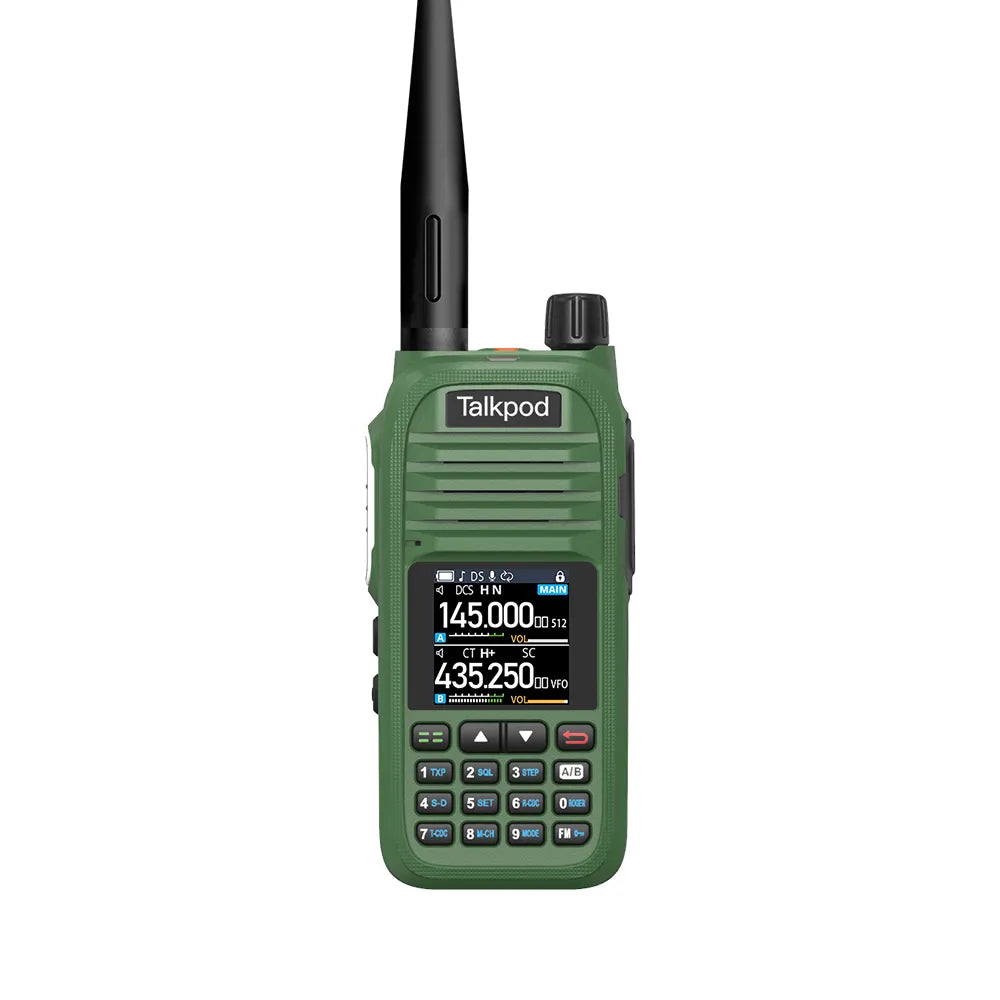
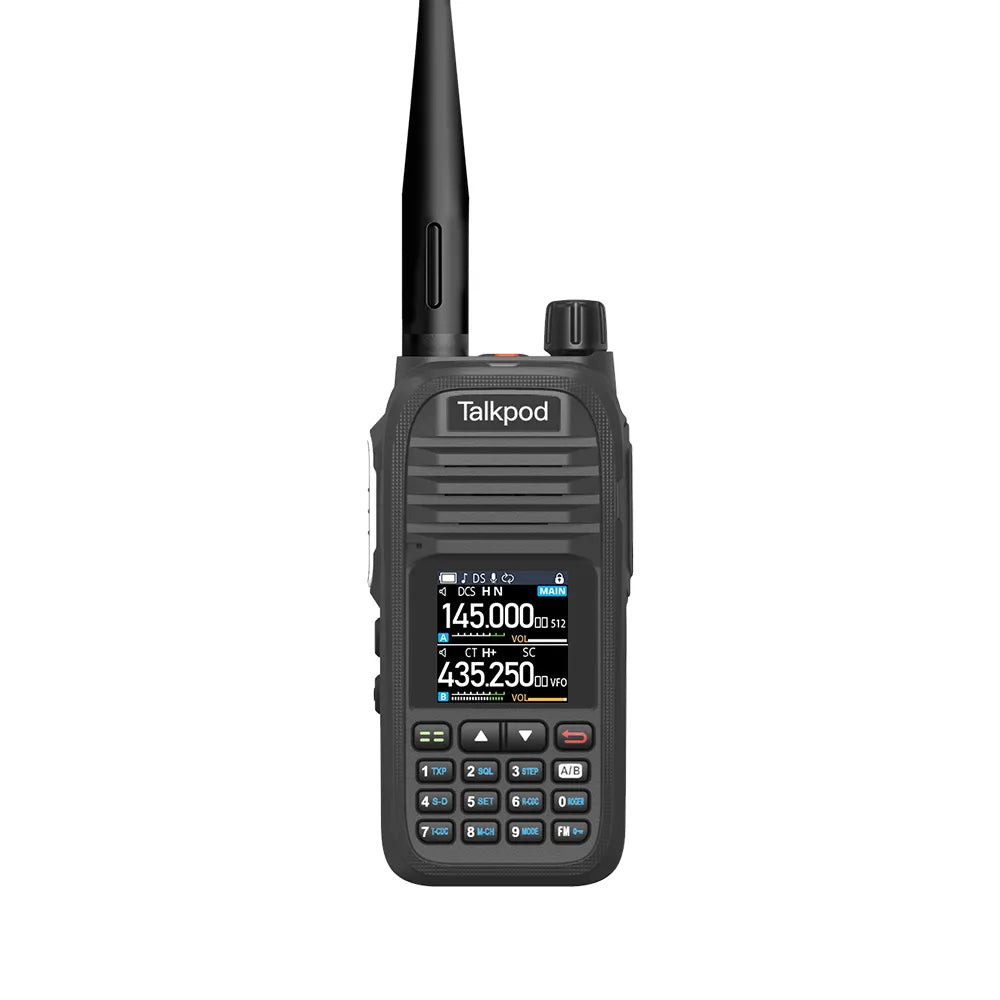
Leave a comment
All comments are moderated before being published.
This site is protected by hCaptcha and the hCaptcha Privacy Policy and Terms of Service apply.